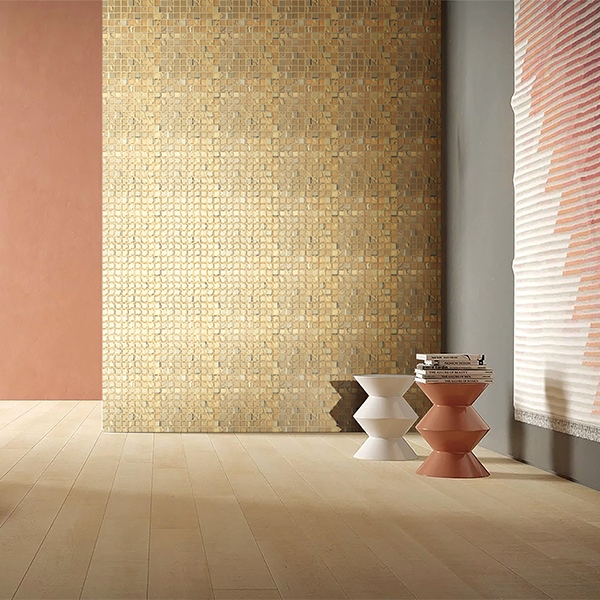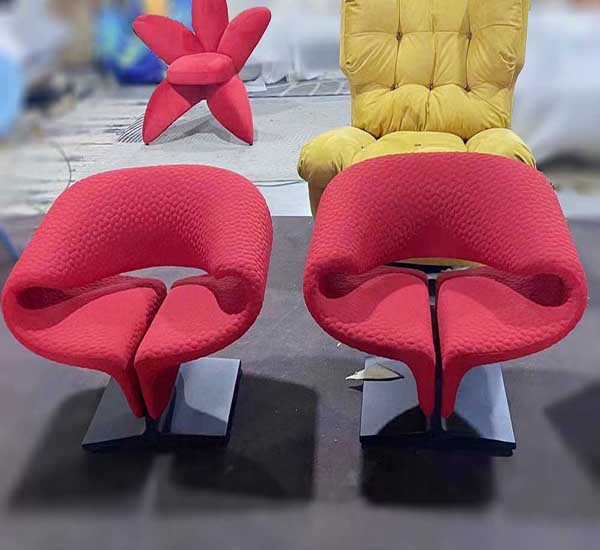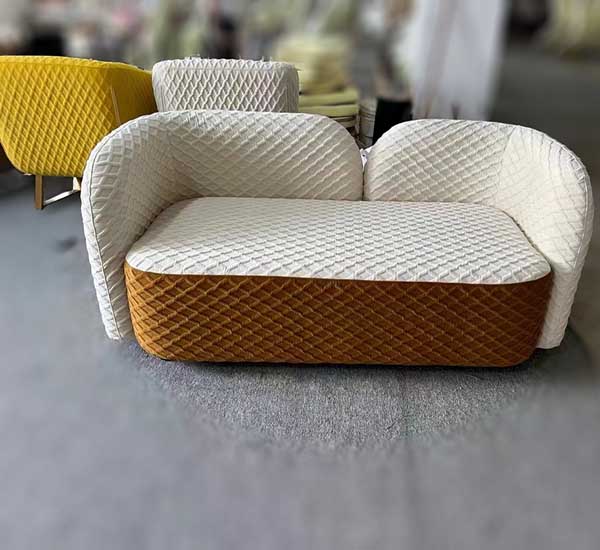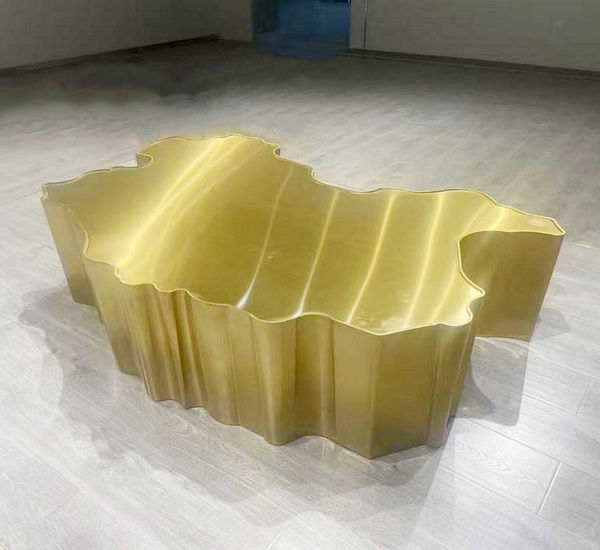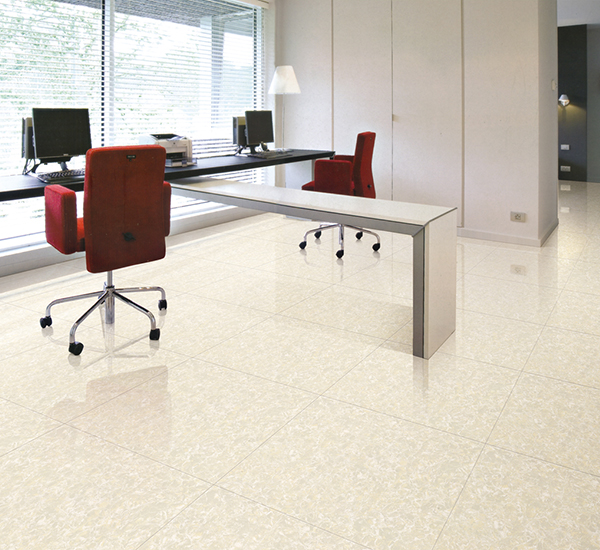News
How to Choose the Right Tile for Your Home
Choosing home tiles isn’t only about colour or pattern. Wise decisions kick off with material, water absorption, surface finish, and the exact spot the tile will occupy. Master these factors and you’ll enjoy floors and walls that stay crisp for years, scrub clean in no time, and stand up to genuine family routines.

Understanding Tile Materials
Ceramic tiles serve as a trustworthy selection for walls and floors facing light-to-medium traffic. They’re baked at somewhat cooler temperatures than porcelain, which helps keep expenses in check. Many households opt for ceramic in backsplashes and bathroom walls—it cuts without fuss and boasts endless style varieties. Scan the packaging for usage ratings. Choose a slip-resistant surface wherever water gathers.
Porcelain tiles boast greater density and far less porosity. By the numbers, porcelain generally clocks water absorption at or below 0.5 percent. This makes it ideal for kitchens, entries, and bathrooms that see splashes and muddy boots. Craving a single material that shrugs off pets, kids, and routine mopping? Porcelain delivers. For a speedy rundown on shopper priorities, glance at this concise residential porcelain tiles guide.
Natural-stone looks in porcelain hand you the charm of marble, travertine, or slate minus the endless sealing chore. A travertine-look porcelain matt tile injects warm, earthy hues into living rooms or bustling kitchens. It conceals everyday dust far better than gleaming white.
Mosaic formats pop in showers and statement walls. Tiny tiles mean extra grout lines, which ramps up grip underfoot. Love color narratives and borders? Mosaics let you fuse shades without sketching a full plan.
Large-format slabs shrink grout lines. They forge a fluid visual sweep and thrive in open-plan layouts. A 1200×1200 mm marble-effect porcelain feels serene and bespoke in sleek interiors. Today’s slabs often merge stain-resistant coatings with low absorption. Routine care remains effortless.
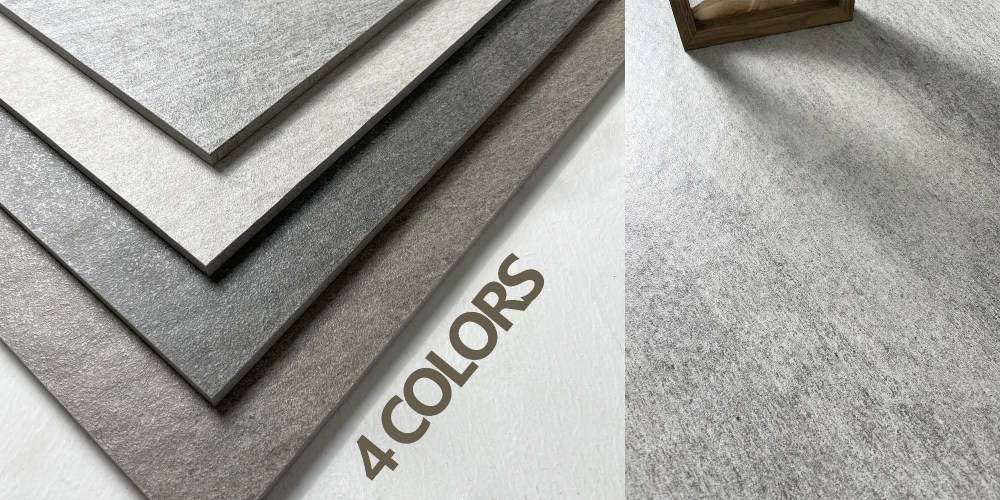
How to Match Tile to Home Areas
Kitchen floors thrive with rugged porcelain in a matte or gentle satin finish. Hunt for a surface that delivers traction yet wipes down easily. Patterns echoing limestone or travertine lend warmth to wood cabinets and brushed metal fittings.
Bathroom floors and shower walls demand water resistance first, followed by barefoot comfort. A matt porcelain with a faint texture shines here. For shower pans, shift to mosaics or compact sizes to boost traction. On walls, glossy ceramics or stone-effect porcelain lift the light and clean in seconds.
Living rooms and hallways endure the heaviest steps. Large-format porcelain or sturdy ceramic sporting mid-tone patterns masks daily scuffs. Lean on natural stone looks for an enduring backdrop that plays nice with diverse furniture.
Backsplashes spark creativity. Classic subway shapes stay foolproof, but petite mosaic or ribbed ceramic layers in depth. Cook often? Select a surface that repels oil and sauce stains. Seal grout lines.
Outdoor covered zones call for frost-proof porcelain with ample texture. Favor Matt finishes. Double-check the slip rating with your supplier.
Size, Finish, and Grout Choices That Matter
Size: Bigger tiles soothe small rooms by trimming grout lines. In snug bathrooms, a medium size (e.g., 300×600 mm) often trims neatly around fixtures.
Finish: Matt feels fresh and masks footprints. Polished throws light across walls, but courts slip on wet floors. A honed or satin surface strikes a happy medium and fits most family setups.
Grout: Colour tweaks the entire mood. Matching grout crafts a unified field. A contrasting line edges each tile and suits geometric patterns. Seal cement-based grout in kitchens and baths to ease upkeep.
If you favor gentle texture beneath bright daylight, try Guanyu matt porcelain tile ideas.

Practical Buying Notes for Homeowners and Trade Buyers
Sketch the room layout first. Jot down each zone’s traffic volume and moisture contact. Some homes require only two materials house-wide: rugged porcelain for floors and glossy ceramic for walls.
Inspect core specs. Request water-absorption figures for damp spots, slip-resistance details for bathrooms, and care tips for the finish. Porcelain’s low absorption and stain resistance mark it as dependable for lively homes.
Weigh lifespan, not just sticker price. Spending a touch more upfront on resilient matt porcelain often repays through fewer cracks, quicker cleaning, and lasting color.
Order 5–10 percent extra. This cushions cuts, pattern alignment, and spare tiles for future repairs.
Insist on uniform batches. Shade variation happens naturally, especially in stone looks. Secure one batch number so tiles align across spaces.
Probe certifications and QA. Brands adhering to ISO 9001 for quality management and ISO 14001 for environmental systems typically deliver steady output and traceability. That simplifies later replacements.
When a Brand Story Helps
If your project demands reliable supply and after-sales backup, target manufacturers with export know-how, mosaic and slab lines in matching color families, and published standards. Firms anchored in “quality first” with diverse tile catalogs preserve design harmony from living room floors to shower walls. Global networks and proven export routes also signal that re-orders stay hassle-free.
Guanyu Ceramics primarily produces ceramic tiles,like polished tile,rustic tile,wall tile and glass mosaics. We also supply products of tile mortar, flexible stone,furniture,outdoor lighting and sintered stone or slabs. We have established distribution channels worldwide, making the “Guanyu” brand popular globally.
Simple Care Tips
Use felt pads under furniture and lift, don’t drag.
Clean with a pH-neutral cleaner. Steer clear of harsh acids on polished or stone-look surfaces.
Reseal cement-based grout occasionally in wet zones.
Place mats at entrances to trap grit.
Quick Room-by-Room Picks
Kitchen floor: Matt porcelain that reads like limestone or travertine.
Bathroom floor: Mosaic or small-format matt porcelain for traction.
Shower walls: Glossy ceramic or stone-effect porcelain for brightness.
Living room: Large-format marble-effect porcelain with tight grout joints
Backsplash: Ceramic field tile with a soft sheen, matched grout for a calm plane.
FAQ
Q1: Is porcelain always better than ceramic?
Not always. Porcelain is tougher and less porous, so it excels in high-traffic or wet areas. Ceramic is easier to cut and install, with a broad design variety. Choose by room and budget.
Q2: Do I need to seal porcelain tiles?
Porcelain tile bodies typically do not need sealing. If your tile has cement-based grout or a special decorative surface, ask your seller for the correct maintenance routine.
Q3: What tile finish should I use in a small bathroom?
Pick a matte or satin floor for grip and a light, reflective wall tile to open up the room. Medium-size formats simplify cuts around toilets and vanities.
Q4: How much extra tile should I buy?
Plan on 5–10 percent over your measured area. Complex layouts or diagonal patterns may need a little more.

